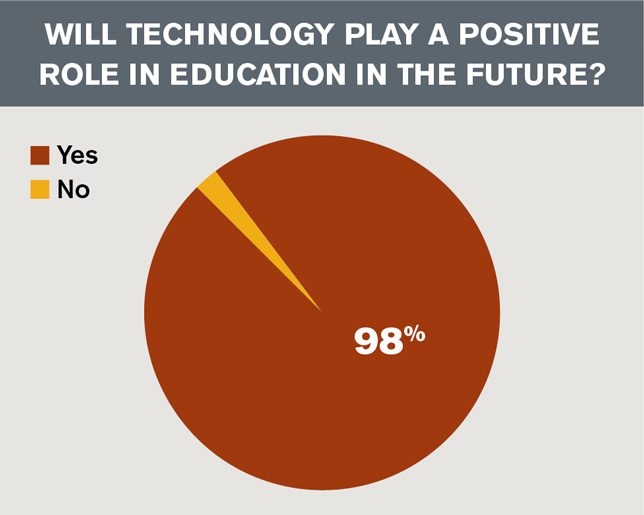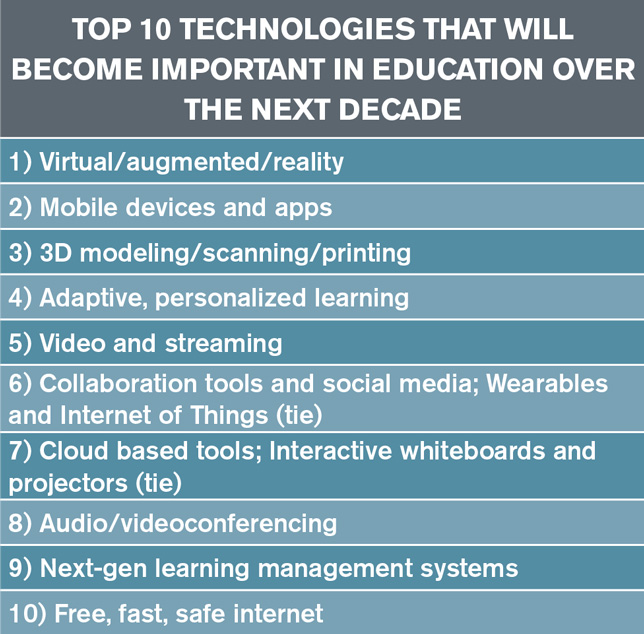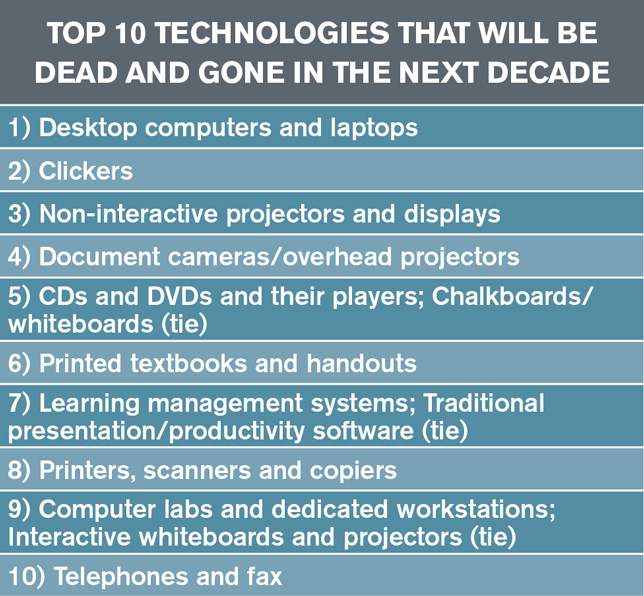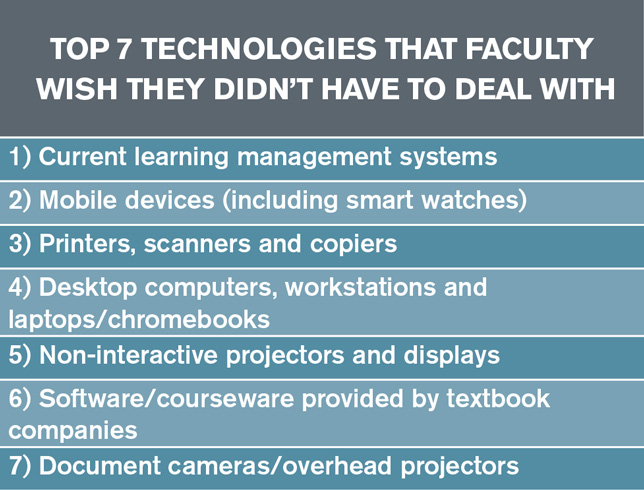Tag: vr
Vendors for VR
LITA discussions on vendors for VR in academia
At WMU, the Libraries is partnering with our central OIT to host a VR lab in the main library. My partnering co-director, Kevin, is really the subject matter expert but I’m managing a lot of the day-to-day operations. Kevin is programming and experimenting with all kinds of hardware but we decided to use Oculus Rifts in our lab primarily because of the greater durability of the hand controllers (compared especially to the Vive). We’re getting all of our games through the Oculus store and have plans to expand into Steam or another provider but haven’t done so yet. We currently have 40+ titles available for gaming and educational purposes. We also teach content creation using Unity, Maya, Blender, and a handful of other tools.
https://wmich.edu/vr and https://wmich.edu/library/services/vr
Happy to provide more information but hopefully this gives you a good start.
Best wishes,
Scooter
Scott Russell, Director of IT Services
University Libraries, Western Michigan University
+++++++++++++
more on VR in this IMS blog
https://blog.stcloudstate.edu/ims?s=virtual+reality
XR key to ed tech
Kelly, B. R., & 10/11/17. (n.d.). Faculty Predict Virtual/Augmented/Mixed Reality Will Be Key to Ed Tech in 10 Years -. Retrieved October 31, 2018, from https://campustechnology.com/articles/2017/10/11/faculty-predict-virtual-augmented-mixed-reality-will-be-key-to-ed-tech-in-10-years.aspx




Our survey polled 232 faculty members across the country about their use of technology in the classroom, their likes and dislikes, their predictions for the future and more. The majority of respondents (68 percent) come from public institutions, with 28 percent from private nonprofits and 4 percent working at for-profit schools. Seventy-two percent work at four-year colleges or universities; 26 percent are at community colleges (the remaining 2 percent designated their institutional level as “other”).
Respondents represent institutions of a range of sizes, with about one-third (32 percent) working in colleges or universities with 2,500 to 9,999 students. Just under half (45 percent) of respondents are from institutions with 10,000 students or more.
Our respondents are veterans of higher education: The largest group (47 percent) has more than 20 years of experience, with 81 percent logging at least 11 years in the field.
The top three most common school and college types among our respondents are education (22 percent), business/business administration (17 percent) and liberal arts (12 percent). But overall, respondents work in a wide range of disciplines, from engineering and medicine to humanities and fine arts. The top 10 states with the most survey respondents are New York, Texas, California, Florida, Georgia, Virginia, Illinois, Missouri, Pennsylvania and Massachusetts.
More about XR in this IMS blog:
https://blog.stcloudstate.edu/ims/2018/10/31/smart-classroom/
Virtual Reality in the Classroom
Virtual Reality in the Classroom
https://edex.adobe.com/en/pd/course/2virtualreality18
About this course
Explore the principles of designing virtual reality (VR) content and how to use Adobe creative tools to create impactful VR experiences. Then learn how to apply your new digital skills to integrate VR projects into your curriculum.
Designing VR content encourages students to express their ideas through an engaging and innovative digital format. VR projects can be used effectively in all subject areas, allowing students to improve their communication skills and digital literacy while learning key content objectives.
What will I learn?
- How using virtual reality projects in your curriculum can produce positive outcomes for you and your students
- Best practices and principles for creating amazing virtual reality experiences
- The technical skills to create your own virtual reality with Adobe tools (with support from expert digital media educators)
- How to apply your new skills to integrate virtual reality projects into your curriculum
- Collaborate with educators from around the world
Who is this course for?
This course is aimed at all educators working in primary, secondary or higher education. No prior experience with Adobe tools or digital media technologies is required.
How long is the course?
The course runs for two weeks, starting on 1st October 2018, and should take about 10 hours to complete. All coursework must be submitted by 26th October 2018.
What will it cost?
Enrollment and course completion certificate are FREE!
What software/technology will I need?
What will I receive when the course ends?
After successfully completing this course, you will receive a digital badge and course certificate that states that you have completed 10 hours of professional development.
About Adobe Education Exchange Courses
Each week of an Education Exchange collaborative course includes:
- Design and instructional theory content, innovative and tailored for educators
- Interactive live class session taught by expert educators and featuring guest industry experts
- Hands-on creative assignment with personalized feedback from instructors and other educators
- Reflective learning journal best practice
- Community collaboration and discussion
Live Class Information
This course will include two live classes, which take place on the following days:
- Class 1 on Wednesday October 3rd, 2018
- Class 2 on Wednesday October 10th, 2018
Each class will take place three times; once in each of the following time zones:
- AEST/AEDT (Sydney) from 7pm – 8pm
- BST (London) from 7pm – 8pm
- CDT (Chicago) from 7pm – 8pm
If you can’t make the live classes for whatever reason, don’t worry – all three iterations of each live class will be recorded and available to view here.
first VR optometry lab
University of Waterloo to have first virtual reality optometry lab in Canada
FRIDAY, SEPTEMBER 28, 2018 https://uwaterloo.ca/news/news/university-waterloo-have-first-virtual-reality-optometry-lab
A new virtual reality (VR) training lab at the University of Waterloo’s School of Optometry and Vision Science, will help Canada’s next generation of optometrists learn how to diagnose vision problems and eye diseases more quickly and accurately.
The new lab, funded through an $800,000 investment by national eye care provider FYidoctors, At a total cost of $1.5 million, the FYidoctors Simulation Lab is the first of its kind in Canada and will ensure the School remains at the forefront in optometric education in North America.
Dr. Al Ulsifer, CEO and Chairman of FYidoctors and Waterloo alumnus, said that this investment isn’t just an investment in the University, but a stake in the future generation of optometrists.
The Equipment:
The lab will initially include 5 Eyesi® Binocular Indirect Ophthalmoscopes (BIO) are state of the art augmented reality simulator for training of retinal examinations and provides a highly realistic and dynamic 3D simulation of the anatomical structures of the eye and ophthalmoscope optics.
For more detailed information visit: https://www.vrmagic.com/simulators/feature-pages/indirect/
Phase two of the lab, to be unveiled at a later date, will include the addition of the Eyesi® Slit Lamp simulators. This technology will allow students to practice basic handling of the device and skills required to conduct a corneal exam, retinal exam and Gonioscopy & Tonometry.
++++++++++++
more on AR Augmented Reality in this IMS blog
https://blog.stcloudstate.edu/ims?s=augmented+reality
VR resurgence
 State’s universities envision VR resurgence
State’s universities envision VR resurgence
Chris O’Malley
why the sudden interest in VR and AR after years of hype that failed to live up to expectations?
Heather Bellini, of Goldman Sachs Research, noted in a report last year that faster microprocessors and more powerful graphics cards have allowed more images per second to be delivered since the industry’s potential was hyped a decade ago.
There have also been advancements in AR gear, like glasses that allow vision of the real world but also have data or graphical images projected onto part of the glass.
As such, Goldman Sachs is projecting VR and AR to become an $80 billion market by 2025 – roughly equivalent to the size of the current PC market.
he big problems with VR is “motion to photon latency,” which is the time it takes to turn your head and the screen to refresh at the same rate.
++++++++++
more on XR in this IMS blog
https://blog.stcloudstate.edu/ims?s=extended+reality
https://blog.stcloudstate.edu/ims?s=virtual+reality+education
Protected: Interviews on VR for the library
ALA VR in libraries

Hannah PopeLibrary Technology Reports
Hannah Pope is the Emerging Technologies Librarian at the Belk Library and Information Commons at Appalachian State University. She has been working with virtual and augmented reality devices for almost two years. She continues to grow the program at her library and frequently works with faculty members to incorporate virtual and augmented reality into their curriculum by providing avenues for students to experience curated applications. Pope has an MS library science degree from the University of North Carolina at Chapel Hill.
+++++++++
more on VR in libraries in this IMS blog
https://blog.stcloudstate.edu/ims?s=virtual+reality+library
virtual field trips
Tap your community for virtual field trip experiences
Lynne Schrum and Sandi Sumerfield 4/26/2018
https://www.iste.org/explore/articleDetail?articleid=2189
Many museums now offer makerspaces and after-school programs, and universities have developed low-cost materials to spark students’ imagination and interest, such as the Carnegie Mellon CREATE Lab
The Smithsonian National Air and Space Museum in Washington, D.C
http://www.ala.org/aboutala/offices/resources/virtualfield
https://education.microsoft.com/skype-in-the-classroom/virtual-field-trips
Art museums throughout the world offer virtual tours sorted by collection, artist or decade.
After one of these rich experiences, students can use free resources, such as Skype in the Classroom, to connect with experts to engage in scholarly dialogue to make their experience more meaningful and academically relevant or to interact with learners in other parts of the world.
+++++++++++
more on virtual tours in this IMS blog
https://blog.stcloudstate.edu/ims/2016/03/13/virtual-tours-museums/
http://www.ala.org/aboutala/offices/resources/virtualfield
https://education.microsoft.com/skype-in-the-classroom/virtual-field-trips
more on virtual reality in this IMS blog
https://blog.stcloudstate.edu/ims?s=virtual+reality
more on video 360 in this blog
https://blog.stcloudstate.edu/ims?s=video+360
SCSU at 2018 LITA Library Technology Forum
++++++++++++++
On behalf of the 2018 LITA Library Technology Forum Committee, I am pleased to notify you that your proposal, “Virtual Reality (VR) and Augmented Reality (AR) for Library Orientation: A Scalable Approach to Implementing VR/AR/MR in Education”, has been accepted for presentation at the 2018 LITA Library Technology Forum in Minneapolis, Minnesota (November 8-10).
++++++++++++++
Mark Gill and Plamen Miltenoff will participate in a round table discussion Friday. November 9, 3:30PM at Haytt Regency, Minneapolis, MN. We will stream live on Facebook: https://www.facebook.com/InforMediaServices/
++++++++++++++++
Notes from the Forum
Risk and Reward: Public Interest and the Public Good at the Intersection of Law, Tech, and Libraries
- Nancy Sims, University of Minnesota
https://thatandromeda.github.io/forum18_schedule/
Blog: Copyright Librarian; Twitter: @CopyrightLibn
U of MN has a person, whose entire job is to read and negotiate contracts with vendors. No resources, not comfortable to negotiate contracts and vendors use this.
If you can’t open it, you don’t own it. if it is not ours… we don’t get what we don’t ask for.
libraries are now developing plenty, but if something is brought in, so stop analytics over people. Google Analytics collects data, which is very valuable for students. bring coherent rink of services around students and show money saving. it is not possible to make a number of copyright savings. collecting such data must be in the library, not outside. Data that is collected, will be put to use. Data that is collected, will be put to uses that challenge library values. Data puts people at risk. anonymized data is not anonymous. rethink our relationship to data. data sensitivity is contextual.
stop requiring MLSs for a lot of position. not PhDs in English, but people with specific skills.
perspective taking does not help you understand what others want. connection to tech. user testing – personas (imagining one’s perspective). we need to ask, better employ the people we want to understand. in regard of this, our profession is worse then other professions.
pay more is important to restore value of the profession.
Coffee? Check. Donuts? Check. High level chats on risk, innovation, access & tech? Check! #LITAforum. pic.twitter.com/j2dYxHLXsh
— Lyrasis (@LYRASIS) November 9, 2018
https://twitter.com/LibSkrat/status/1060925716483710976
https://docs.google.com/document/d/1lLHP2TZnmrRodSdulPPOruEeF20iwF5zw6h5aOV8ogg/edit
++++++++++++
Library System Migrations: Issues and Solutions
- Melody Condron, University of Houston
https://drive.google.com/open?id=109w_NU3zki_A6Fukpa50zzGJdgazbVSKqf7zAoYaKsc
from Sierra to Alma. SFX. number of challenges
Stanford – Folio, Cornell, Duke and several others. https://www.folio.org/ Alma too locked up for Stanford.
Easy Proxy for Alma Primo
Voyager to OCLC. Archive space from in-house to vendor. Migration
Polaris, payments, scheduling, PC sign up. Symphony, but discussing migration to Polaris to share ILS. COntent Diem. EasyProxy, from Millenium no Discovery Layer to Koha and EDS. ILL.
WMS to Alma. Illinois State – CARLY – from Voyager to Alma Primo. COntent Diem, Dynex to Koha.
Princeton: Voyager, migrating Alma and FOlio. Ex Libris. Finances migrate to PeopleSoft. SFX. Intota
RFPs – Request for Proposals stage. cloud and self-hosted bid.
Data Preparation. all data is standard, consistent. divorce package for vendors (preparing data to be exported (~10K). the less to migrate, the better, so prioritize chunks of data (clean up the data)
Data. overwhelming for the non-tech services. so a story is welcome. Design and Admin background, not librarian background, big picture, being not a librarian helps not stuck with the manusha (particular records)
teams and committees – how to compile a great team. who makes the decision. ORCHID integration. Blog or OneNote place to share information. touch base with everyone before they come to the meeting. the preplanning makes large meetings more productive.
+++++++++++++
Using Design Thinking — Do we really want a makerspace?
- Anne Shelley, Illinois State University, Milner Library
- Julie Murphy, Illinois State University, Milner Library
- Paul Unsbee, Illinois State University, Milner Library
makerbot replicator 3d printer
one touch studio 4 ready record studio. data analytics + several rooms to schedule.
lighting turned on when USB drive inserted.
++++++++++++++
Article Shortcuts
- Michael Berkowski, University of Minnesota
- Cody Hanson, University of Minnesota
Talk To the Phone (Because the Human Is Overwhelmed)
- Thomas Dowling, ZSR Library, Wake Forest University
- Keven Jeffery, San Diego State University
Google physical web beacons, NFC lables, QR codes, Augmented Reality. magnetic position. nearby navigations